Conference
- Date: April 5-10, 2011
- Location: Minneapolis, Minnesota
- Attendee: Joanne Quinn
- Presenters: James Roberts,MD, Robert Hedaya, MD, Alan Gaby, MD, Tieraona Low Dog, MD, Michael Murray, ND, Kenneth Bock, MD, Joseph Brewer, MD, Russell Jaffee, MD, Gregory Plotnikoff, MD.
- Sponsored by: American College for Advancement in Medicine (ACAM), American Academy of Environmental Medicine (AAEM), American Holistic Medical Association (AHMA) and International College of Integrative Medicine
imosaicconference2011logo.jpg
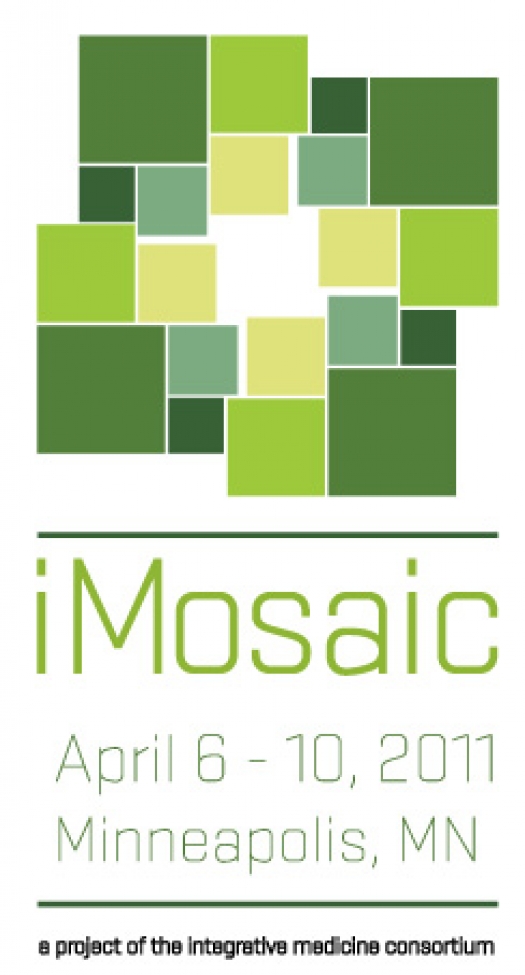
iMOSAIC (noun): a medical conference of unique design, made possible by the overlapping missions of four nonprofits helping transform healthcare to an integrative model.
Overview
Traditionally, public health relies extensively on conventional (allopathic) medicine in its quest to prevent and treat disease. The leading causes of morbidity previously such as trauma and infectious diseases have been replaced by chronic conditions including cancer, heart disease, obesity and diabetes.
To treat these condition physicians must acquire new tools to help examine the factors influencing health and illness. "Integrative" medicine characterizes a new model of health care rooted both in conventional and alternative medicine, employing modalities drawn from all medical therapeutic paradigms. This provides the patients with individualized treatment plans optimized for their specific clinical situation. This healing method recognizes the innate healing capacity of the human body. Research has indicated intrinsic value in various alternative treatments and have incorporated these under the banner of "holistic" and "integrative" medicine.
In 2009 the American public spent almost $34 billion dollars on complementary and alternative medicine, products and therapies. It is estimated that 38.3% of American adults and 11.8% of American children will use some element of complementary medicine each year. This conference is an opportunity for physicians to learn cutting edge modalities and for the public to learn about opportunities in healing.
Dr. James Roberts, MD, Cardiology
reverseheartdiseasenowbkcvr.jpg
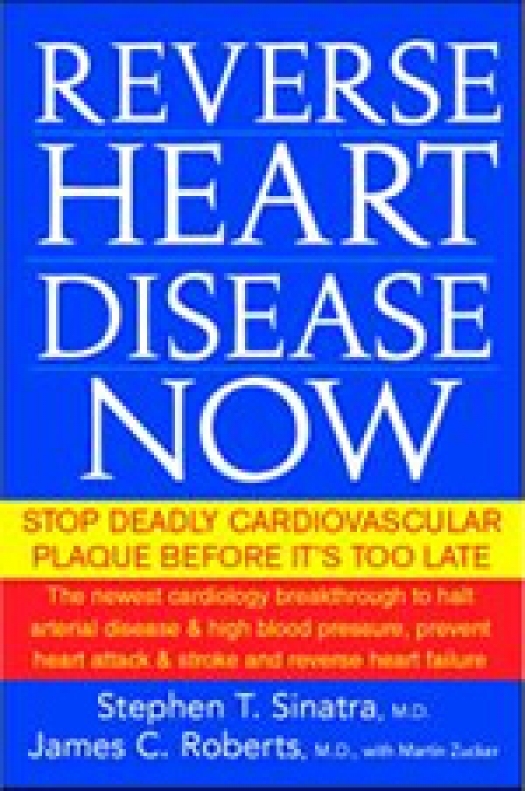
Dr. James Roberts is co-author of Reverse Heart Disease Now with Dr. Stephen Sinatra and Martin Zucker.
Atherosclerosis involves an inappropriately up regulated Th1/Th17 (immune response) and low T regulator response to perceived "infection" of the artery wall, initially with oxidized LDL and later with other damaged proteins and microbes that "hitch-hike" into the vessel wall within "called in" monocytes. Likewise, heart failure involves a similar maladaptive immune response to altered proteins expressed or released by the failing heart. We can prevent/stabilize atherosclerosis by limiting the fuel supply (blocking intimal trapping and oxidation of lipids) or by "putting out the fire" (down regulating the overzealous immune response), and most of our drug/nutritional/detox maneuvers work within these pathways. Heart failure therapy involves similar pathways. Dr. Roberts has written Reverse Heart Disease Now. For more information go to Dr. Roberts' Heartfixer site.
Dr. Robert Hedaya, MD, DFAPA
roberthedaya.jpg
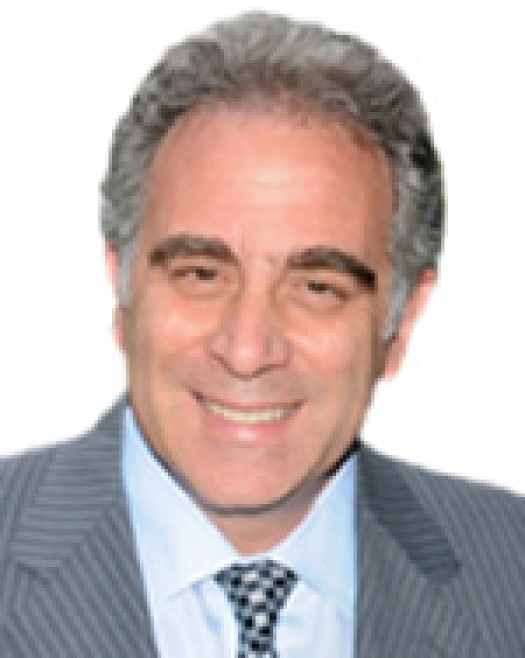
Robert J. Hedaya, MD, DFAPA
For the past 100 years psychiatry has viewed the locus of the human behavior and psychopathology as being solely in the brain and mind. There is a growing realization that the current treatment paradigm is limited in effectuating recovery in a large percentage of depressed people. Many new studies over recent years have shown that behavior and psycho-pathological states are influenced by a variety of physiological systems, such as the immune, endocrine and gastrointestinal systems, along with nutrition, detoxification, genetics and epigenetics. All of these systems play influential roles in mood disorders. In order to fill the knowledge gap in the area of multi-system influences on mental health, and depression in particular, selected landmark, peer-reviewed studies, in these physiological areas were reviewed. The useful clinical concepts that flow out of this data was presented and case material was used to bring the science into useful clinical practice.
Dr. Alan Gaby, MD
alangaby.jpg

Dr. Alan Gaby, MD
The endocrine disruption in women's health as well as environmental elements are linked to breast cancer, endometriosis, infertility, PCOS, and more. Detoxification treatment protocols were provided including botanical and supplemental support for liver phase one and two pathways, sauna therapy, colon hydrotherapy and other strategies to remove toxins from the body. It included discussion of controversies, misinformation and myths related to various nutritional supplements including Vitamin D. Topics included the safety and efficacy of high-dose vitamin D and high-dose iodine, high-dose vitamin E and its relation to mortality and risk of heart failure, lowering of homocysteine levels, differences between alpha-tocopherol and mixed tocopherals, folic acid issues, and finally the use of strontium in the treatment of osteoporosis.
Dr. Tieraona Low Dog, MD
tieraonalowdog.jpg

Dr. Tieraona Low Dog, MD
Women have made it abundantly clear that they desire a broader, more integrative approach to their health care. The lecture offered advice in women's health care from puberty to elder age on topics including pregnancy, menopause, cancer prevention and osteoporosis. One of the key issues facing the public is the vast array of toxins including those in our food supply. The following list of foods are called the dirty dozen due to chemicals involved in the growing process. It is suggested that these be the foods that are purchased as organic: Celery, peaches, strawberries, apples, blueberries, nectarines, bell peppers, spinach, kale, cherries, potatoes and grapes. The Clean 15 is a list of those foods that are not as loaded with chemical residues: Onions, avocado, sweet corn, pineapple, mango, sweet peas, asparagus, kiwi, cabbage, eggplant, cantaloupe, watermelon, grapefruit, sweet potato, and honeydew melon.
Dr. Michael T. Murray, ND
michaelmurray.jpg

Michael T. Murray, ND
There are a number of substances the body normally produces in sufficient quantities, but increased need/demand, or impaired synthesis, converts these physiological compounds into "conditionally essential nutrients." Glucosamine, CoQ10, carnitine, GABA, DHA and EPA, SAMe and 5-HTP are well known examples of these sorts of nutrients. Other substances that have beneficial health benefits include dietary fiber, flavinoids, non-vitamin A carotenoids and other phytochemicals. Dr. Murray highlighted the critical role that all of these nutrients hold. He has published a couple of books including Healing Foods and What the Drug Companies Won't Tell You and Your Doctor Doesn't Know.
Dr. Kenneth Bock, MD
kennethbock.jpg
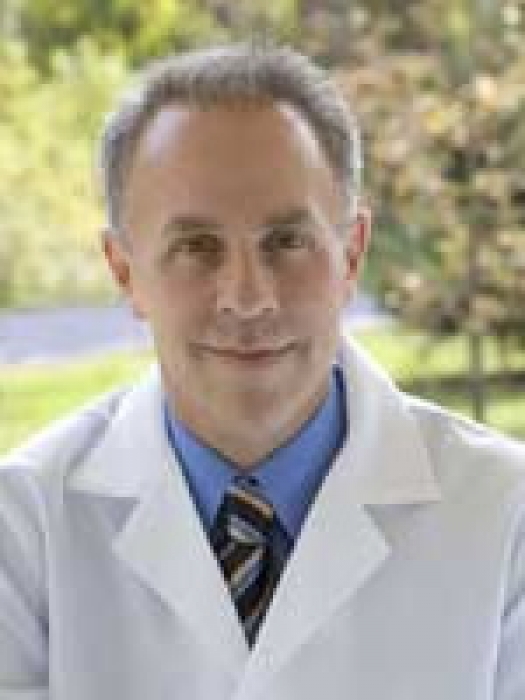
Kenneth Bock, MD
Environmental toxins have been steadily increasing over the last few decades, resulting in increased exposures to our children. We are also seeing an increased incidence of childhood disorders, believed to be due in part to the inability of genetically susceptible children to effectively detoxify these exposures. Increased oxidative stress and chronic inflammation combine to produce on e or more of the phenotypes of these childhood disorders including autism, ADHD, asthma and allergies. His lecture covered types of toxicity, how to detoxify and how to improve functions in the body to protect against future exposures.
Dr. Joseph Brewer, MD
Dr. Brewer discussed new data with regard to the new human gamma retrovirus, XMRV. He covered virology to the retrovirus, epidemiology, potential disease associations, laboratory testing and treatment considerations. He linked gamma retroviruses and chronic illness to chronic fatigue syndrome.
Dr. Russell Jaffe, MD, PhD
russelljaffe.jpg
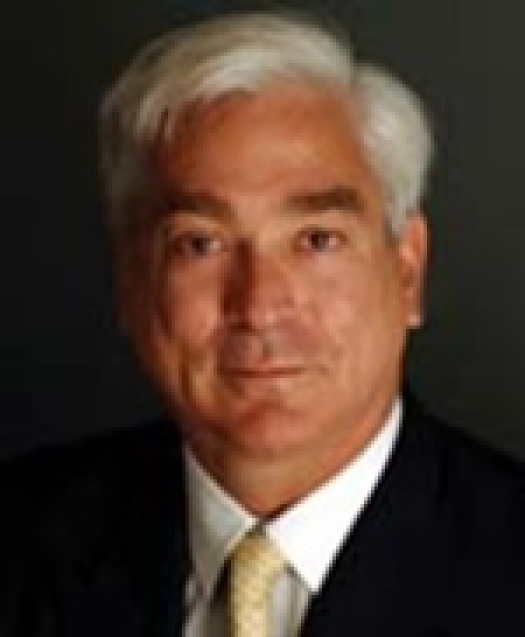
Russell Jaffe, MD, PhD
The immune defense and repair mechanisms in the body function in three ways: they protect, recycle and defend. He reviewed the complete clinical significance of these mechanisms and how it relates to chronic disease. Another aspect of the lecture focused on inflammation which is now being rethought as "repair deficits". Repair deficits can be corrected by maintaining adequate acid alkaline balance. By keeping physiology at the helm of therapy and using meaningful and predictive tests and assessment, homeostasis can be achieved.
Dr. Gregory Plotnikoff, MD
gregoryplotnikoff.jpg
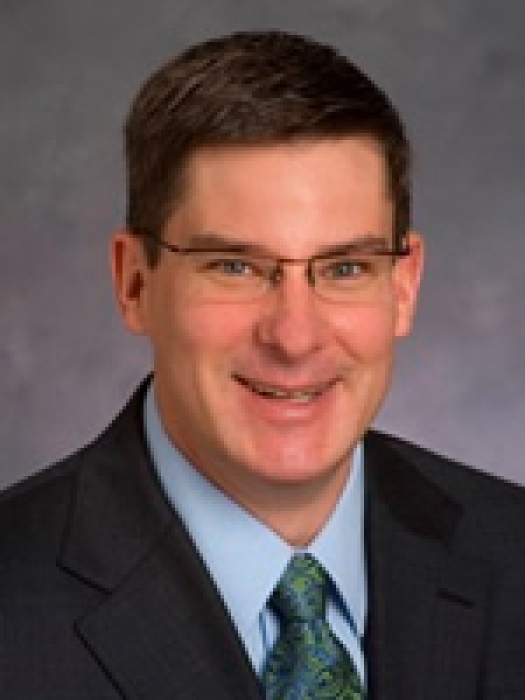
Gregory Plotnikoff, MD
Vitamin D, when activated, is a potent steroid hormone with receptors on nearly every human tissue. At least 200 key genes are regulated by vitamin D including the genes regulating blood pressure, glucose metabolism as well as cellular proliferation, differentiation and apoptosis. The most recent research documents a potent role in anti-inflammatory actions separate from corticosteroids. Activated vitamin D also has anti-tumor invasiveness, angiogenesis and metastatic activities. Several frequently prescribed medications have anti-vitamin D Activity. Epidemiologic data suggests a powerful preventive role in both cardiovascular disease and cancer. Epidemiologic data ties deficiency to a very wide array of medical concerns from pregnancy to end-of-life care. Epidemiologic data also demonstrates that large percentages of North Americans are deficient. The presentation addressed key issues faced by every clinician when dealing with a patient with chronic illness including chronic pain. There are many theories on the amount of vitamin D that is optimal in the blood.
For more information
For more information on upcoming events contact: ACAM, 8001 Irvine Center Drive, Ste 825, Irvine, CA 92618. 1-800-532-3688.

